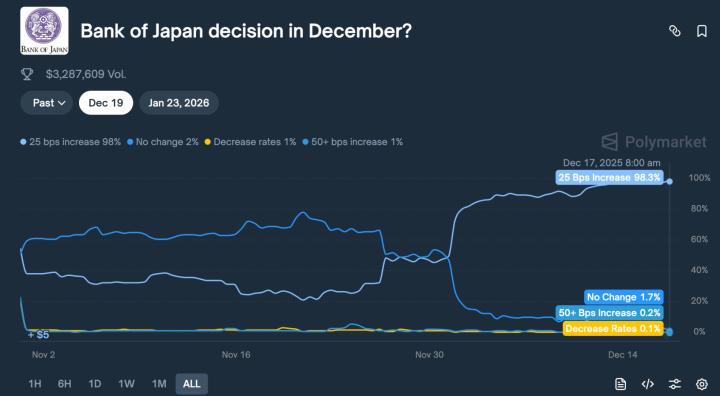Original | Odaily (@OdailyChina)
Author | Wenser (@wenser 2010)

Standing at the end of Q1 2025, undoubtedly, the most disappointed crypto community is the "E Guards".
On one hand, the ETH/BTC exchange rate has dropped to its lowest point in nearly five years since May 2020, with a value of only 0.02193; on the other hand, Ethereum's "soul figure" - Vitalik recently making cat sounds to a robot dog has left people puzzled and even dissatisfied some in the Ethereum community.
Now, during the "darkest moment of Ethereum" with prices falling below $1,800, the "ETH Hangzhou" event is in full swing, with many developers and Ethereum community members enthusiastically participating in the ecosystem's development. Odaily went on-site to interview participants and hear their perspectives on Ethereum's ecosystem development.
When "Interests Determine Thoughts" No Longer Works: 50% Own 10 or Fewer ETH, 40% Own 100 or Fewer ETH
At the ETH Hangzhou Demo Day, the reporter conducted a rough small-sample survey, with a total sample size of around 10 people:
Only 1 person has completely sold their ETH;
50% own 1-10 ETH;
40% own 10-100 ETH.
Notably, @Solomon_NAHHH, who sold all ETH, mentioned selling a year ago and now has some positions in SUI; @0x Benniee, who owns a small amount of ETH, finds the Ethereum ecosystem quite abstract; among those holding less than 100 ETH, @ConstantinGao revealed holding a large ETH short position.
ETH Ecosystem Development Stage: 70% Believe It Has Entered Middle Age
In the small sample survey of 10 people, there was some consensus about the Ethereum ecosystem's development stage:
20% (2 people) believe the Ethereum ecosystem is still young;
70% (7 people) believe the Ethereum ecosystem has entered middle age;
10% (1 person) believe the Ethereum ecosystem has entered old age.
Those with the first view primarily consider the technical route, believing the ecosystem is still in early stages with many technical routes still exploratory. Those believing it has entered old age focus on token economics, seeing it as entering a more solidified stage based on ETH's issuance cycle.
Those viewing it as middle-aged see the ecosystem as having relatively complete infrastructure, with most crypto projects still viewing Ethereum mainnet or EVM environment as the primary ecosystem.
Possibility of New ETH Price High: No Hope Within 3 Years, Wait for Next Cycle
When asked if ETH could break its previous near $4,800 high within 1-2 years, almost everyone was pessimistic, including long-time "E Guards" and Ethereum DeFi project developers.
Overall, perspectives on when ETH might reach a new market price high can be categorized into three groups:
First, possible in 2-3 years. Crypto KOLs like @RubyWang and @0x Laughing believe a new ETH high depends on new asset issuance methods or asset types.
Second, start looking after 5 years. @Starzq believes ETH alone can't reach new highs, requiring BTC liquidity spillover or ecosystem edge innovation. @Freya suggests hoping for community development or technological breakthroughs.
Third, time unknown, mainly dependent on application development. @ArtistZhou, @33357xyz, @WONG_SSH, @0x PhiloA believe ETH's new high depends on defeating L2 parasites, implementing Based Rollup, and developing mature applications after washing out previous NFT, GameFi, and DeFi players.
@Solomon_NAHHH suggested another possibility: if the US ETH ETF completely sells out and is taken over by an Eastern power, it might impact new highs.
@ConstantinGao, holding a large ETH short position, pointed out that ETH's poor performance stems from the bankruptcy of "digital oil" and "world computer" narratives. Ethereum has become a block space rental business, and after L2 scaling, it's not only been parasitized but its value storage function is no longer market-recognized.
In conclusion: ETH may not be irreplaceable, but remains the main battlefield of crypto.








